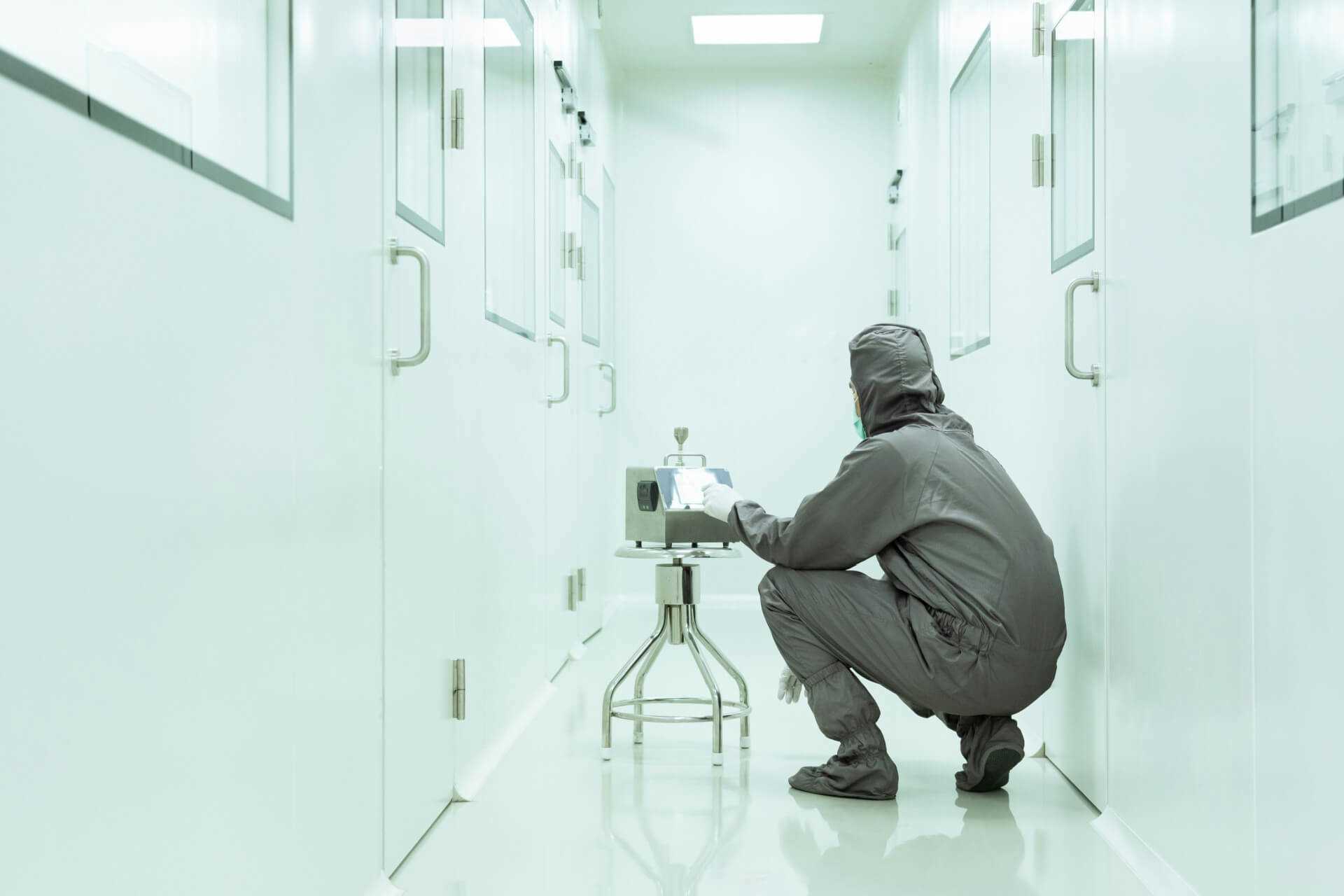
The Role of Cleanroom Environmental Monitoring Systems
Environmental monitoring systems play a crucial role in the operational integrity of cleanrooms, ensuring that stringent cleanliness and environmental standards are consistently met. These systems are essential for detecting and responding to deviations in real-time, thus preventing potential contamination and ensuring product safety. This blog post delves into the importance of these systems and how they are implemented in cleanroom settings.
Essential Functions of Environmental Monitoring Systems
Cleanroom environmental monitoring systems are designed to continuously assess the cleanliness and environmental conditions within the facility. Key functions include:
1. Particulate Monitoring: These systems measure the concentration of airborne particles, crucial for compliance with ISO cleanroom standards. Particulate monitoring helps identify trends and potential contamination sources before they compromise product quality.
2. Microbial Monitoring: In pharmaceutical and biotech cleanrooms, monitoring microbial levels is essential. Environmental monitoring systems use air samplers and contact plates to detect and quantify microbial presence.
3. Environmental Parameters: Besides particulates and microbes, these systems monitor temperature, humidity, and pressure differentials. Maintaining these parameters within specific limits is critical for process stability and product quality.
Integration with Cleanroom Operations
Environmental monitoring systems are integrated into cleanroom operations through:
• Real-Time Data Collection: Sensors placed throughout the cleanroom collect data continuously, allowing for immediate detection of anomalies.
• Automated Responses: In some advanced setups, the monitoring systems are connected to the cleanroom’s control systems, enabling automatic adjustments to HVAC settings, alerting staff, or initiating other corrective actions when parameters deviate from set standards.
Technological Advancements in Monitoring Systems
Recent technological advancements have significantly enhanced the capabilities of environmental monitoring systems:
• Wireless Sensors: The use of wireless technology allows for more flexible sensor placement and reduces interference with cleanroom operations.
• Data Analytics: With the integration of big data analytics, monitoring systems can predict potential failures or contamination events by analyzing trends and historical data.
• Cloud Computing: Leveraging cloud technology facilitates remote monitoring and data storage, enabling seamless access to environmental data and compliance records from anywhere.
Challenges in Implementation
Despite their benefits, integrating environmental monitoring systems into cleanrooms presents several challenges:
1. Complexity of System Design: Designing a system that covers all critical areas without interfering with cleanroom operations requires meticulous planning.
2. Calibration and Maintenance: Regular calibration and maintenance of sensors and other components are necessary to ensure accuracy and reliability.
3. Data Overload: Managing the vast amount of data generated by these systems can be overwhelming. Effective data management strategies are essential to extract useful insights without being bogged down by information overload.
Environmental monitoring systems are indispensable for modern cleanrooms, providing the necessary tools to maintain stringent cleanliness and environmental standards. By continuously monitoring critical parameters and enabling prompt responses to deviations, these systems help ensure product safety and regulatory compliance. As technology advances, the integration of smarter, more connected systems will continue to revolutionize cleanroom management.
